NYU Dominican Club Hosts Gentrification Panel
Panelists share their thoughts on gentrification on Bella Quisqueya’s Gentrification Panel on the evening of Oct. 16.
October 17, 2017
Bella Quisqueya, NYU’s Dominican student organization, hosted a panel about gentrification in New York City on the evening on Oct. 16 in the Kimmel Center for Student Life.
About 30 audience members enjoyed empanadas and listened to the four panelists talk about the pros and cons of gentrification and the varying effects of gentrification on different communities in New York City. Panelists included NYU Professor of Public Policy and Planning Katherine O’Regan, Fordham professor Mark Naison, Columbia professor Lance Freeman and Anamiledys Rosario, an activist representing the community organization Northern Manhattan is Not 4 Sale. The panel was moderated by Editor-in-Chief of City Limits Magazine, Jarrett Murphy.
O’Regan is the Faculty Director of NYU’s Furman Center for Real Estate and Urban Policy, which released a report in May 2016 on gentrifying neighborhoods and the demographic shifts in New York City. This report came to a number of analytical conclusions, including the fact that gentrifying neighborhoods from 1990 to 2015 saw an increase in white populations despite a citywide decreasing white population, and a decrease in black population. Another notable change was that the share of the population with a college degree increased the most in gentrifying neighborhoods.
O’Regan also spent 2014 to 2017 working for the administration of former President Barack Obama serving as the assistant secretary for policy development and research at the Department of Housing and Urban Development. During the panel, she said it is important to note that 12 percent of housing units in gentrifying neighborhoods are public housing units and that more capital investment is needed if these housing units are to be retained.
“The hypersegregation that we’ve talked about could be improved by some of these forces of economic diversity for a neighborhood that’s low-income,” O’Regan said. “[Economic diversity] turns a neighborhood totally into something else.”
Vice President of Bella Quisqueya and CAS senior Ricardo Canelo said gentrification is a prominent issue that negatively affects the Dominican community of New York City, particularly in Washington Heights.
“Gentrification is a really big issue,” Canelo said. “[New York City] has a large immigrant population and at one time you could come to New York and achieve the American dream and that is just no longer the case for so many people. So, addressing gentrification explores how we can get that dream back.”
Canelo said he thinks that panels like this introduce people to ideas that will inspire them to act according to their values and make the city a better place.
“Advocating for rent control policies in some of these gentrifying places and even just supporting minority business owners instead of corporations and chains are important actions to consider taking,” Canelo said.
Co-president of Bella Quisqueya and Stern junior Hector Galvan said that a panel on gentrification ties in with the club’s new mission to incorporate education and action into its direction.
“We’re keeping it fun, we’re keeping it social, but we as a club want to make sure that we have a positive impact on students and help them know what’s going on that affects not just Dominicans but people of color,” Galvan said.
Correction: Oct. 17, 2017. A previous version of this article misspelled Hector Galvan’s name and stated that he is a student at CAS, which is incorrect because he is actually a student at Stern.
Email Miranda Levingston at [email protected].

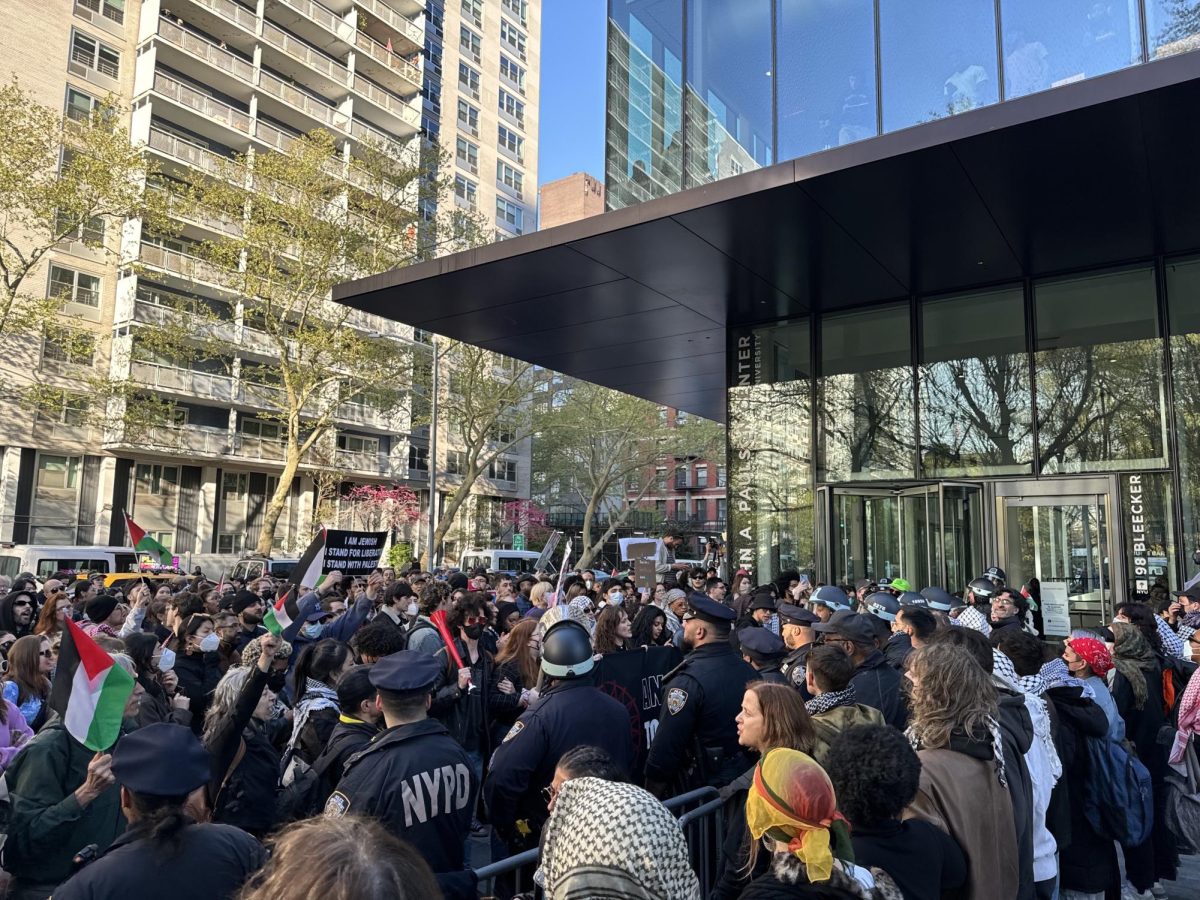
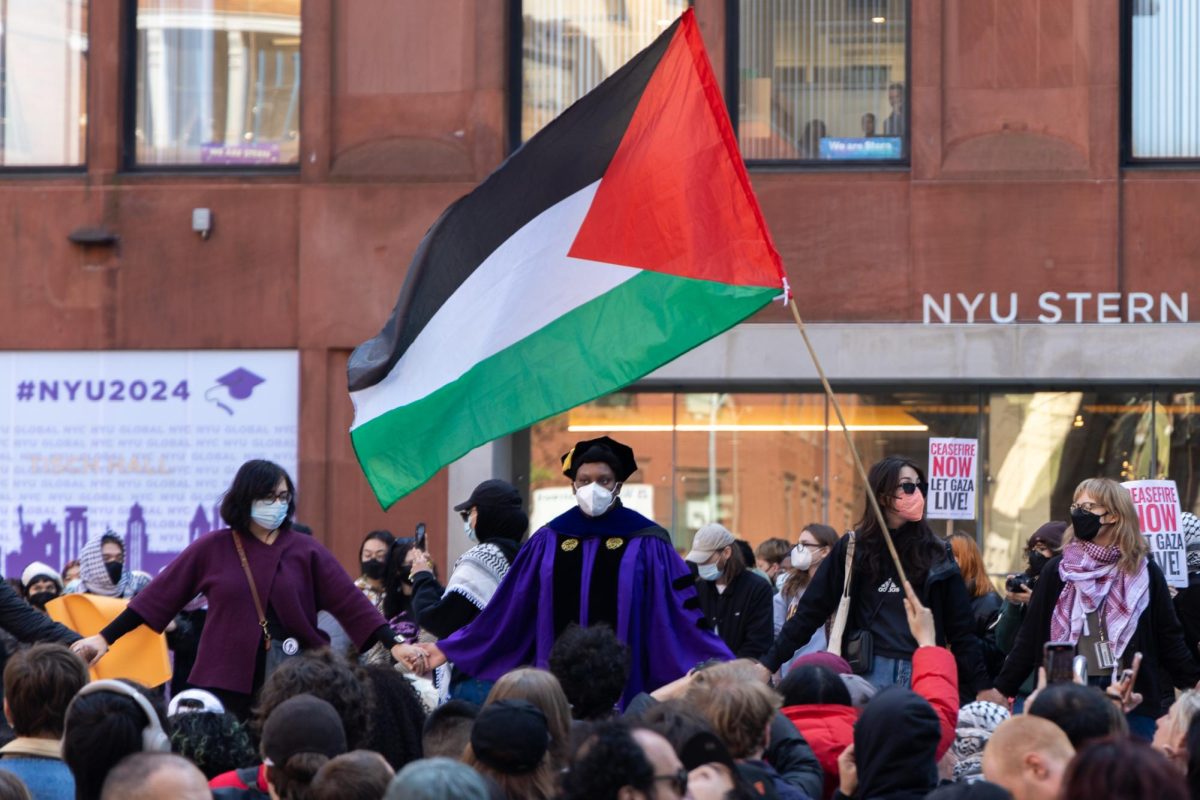
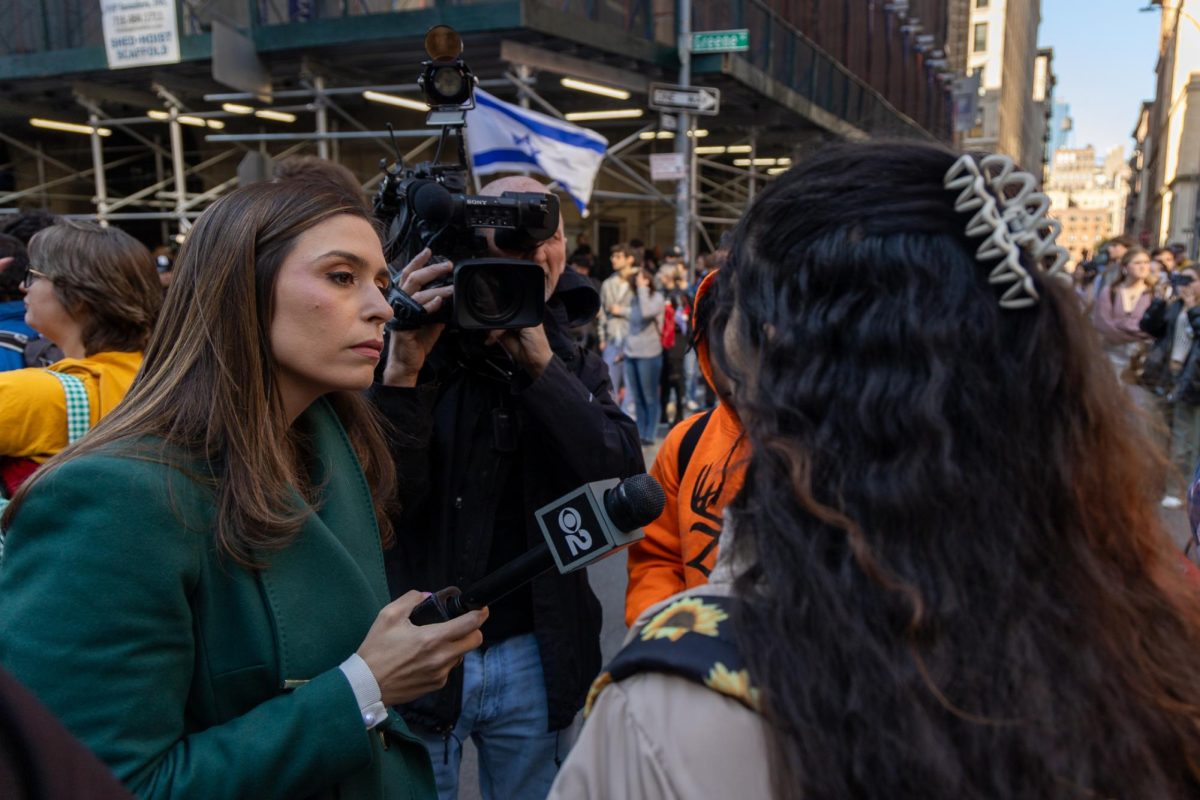
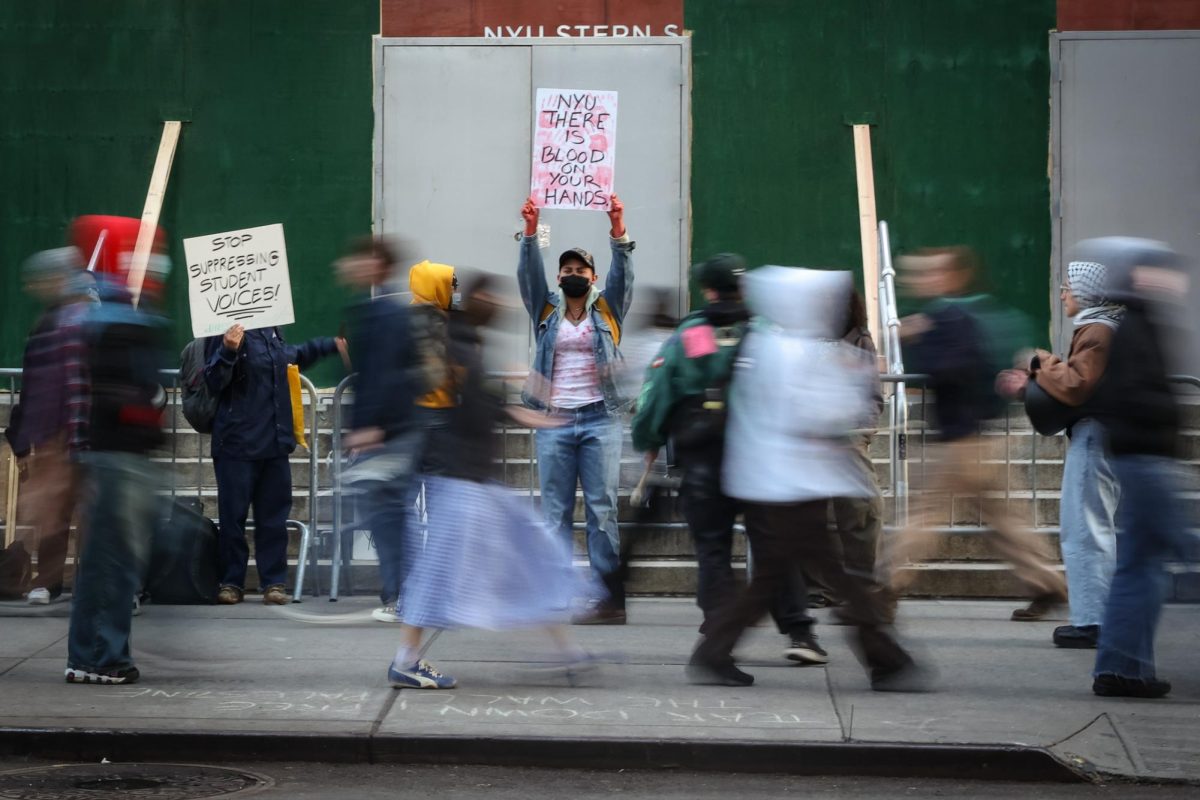
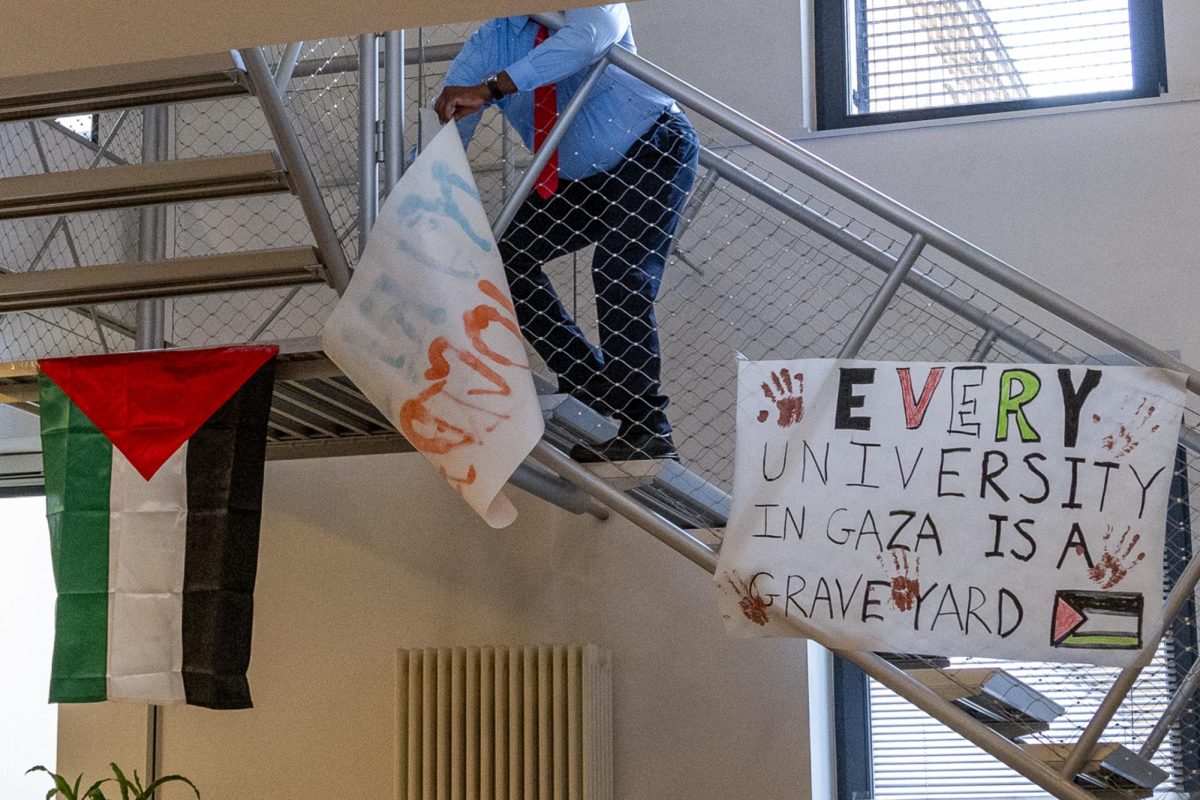






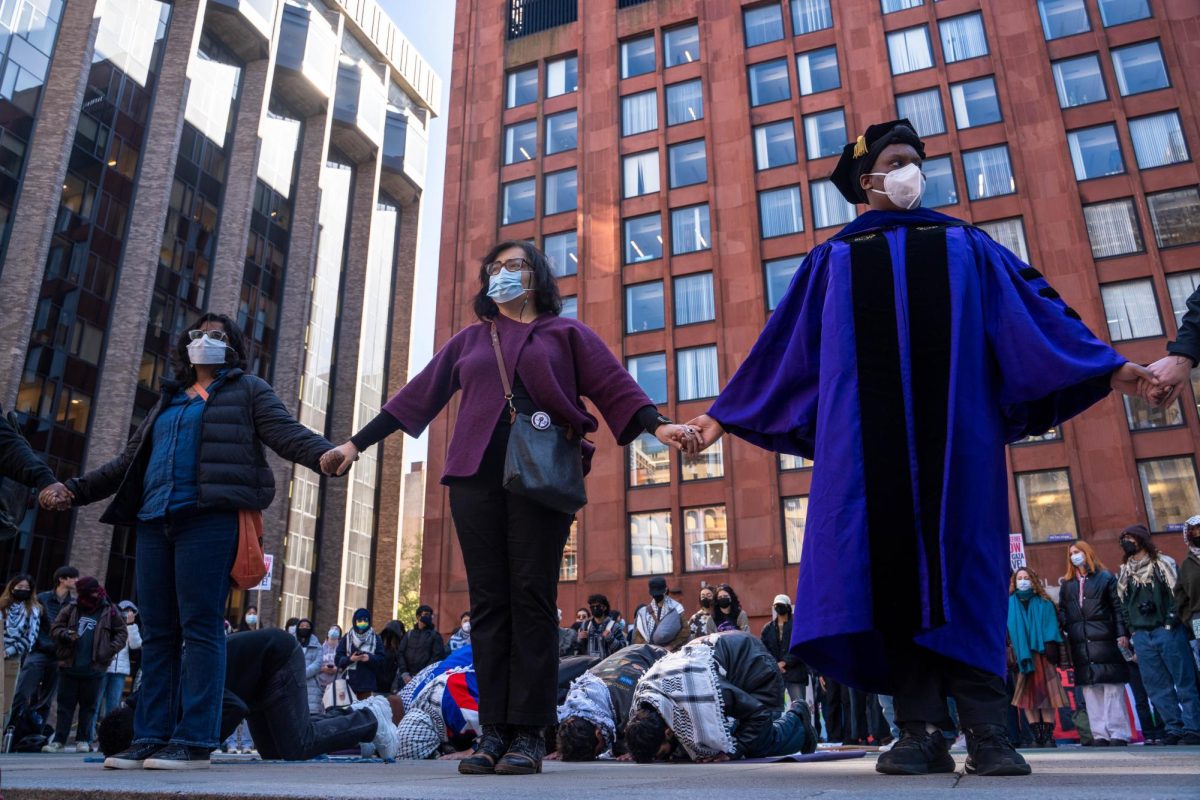

















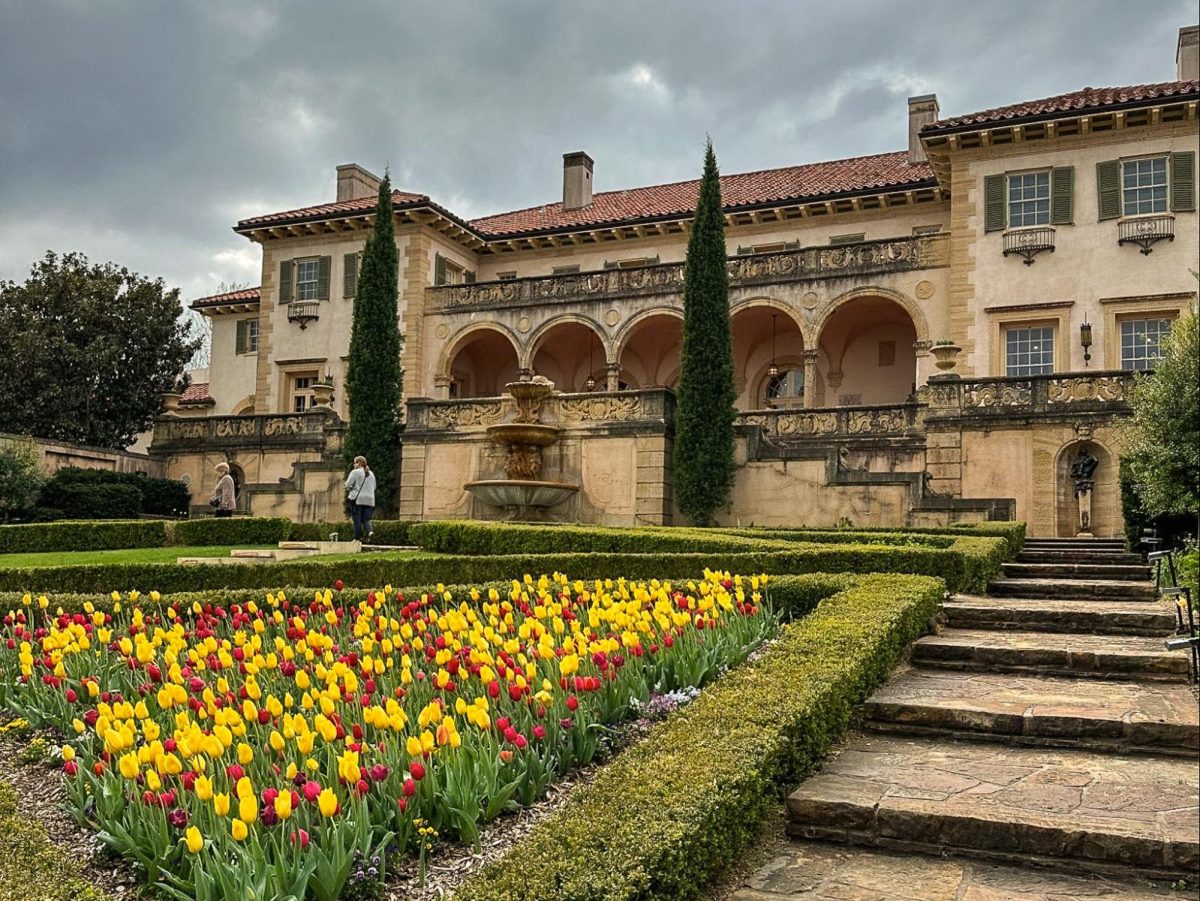





















































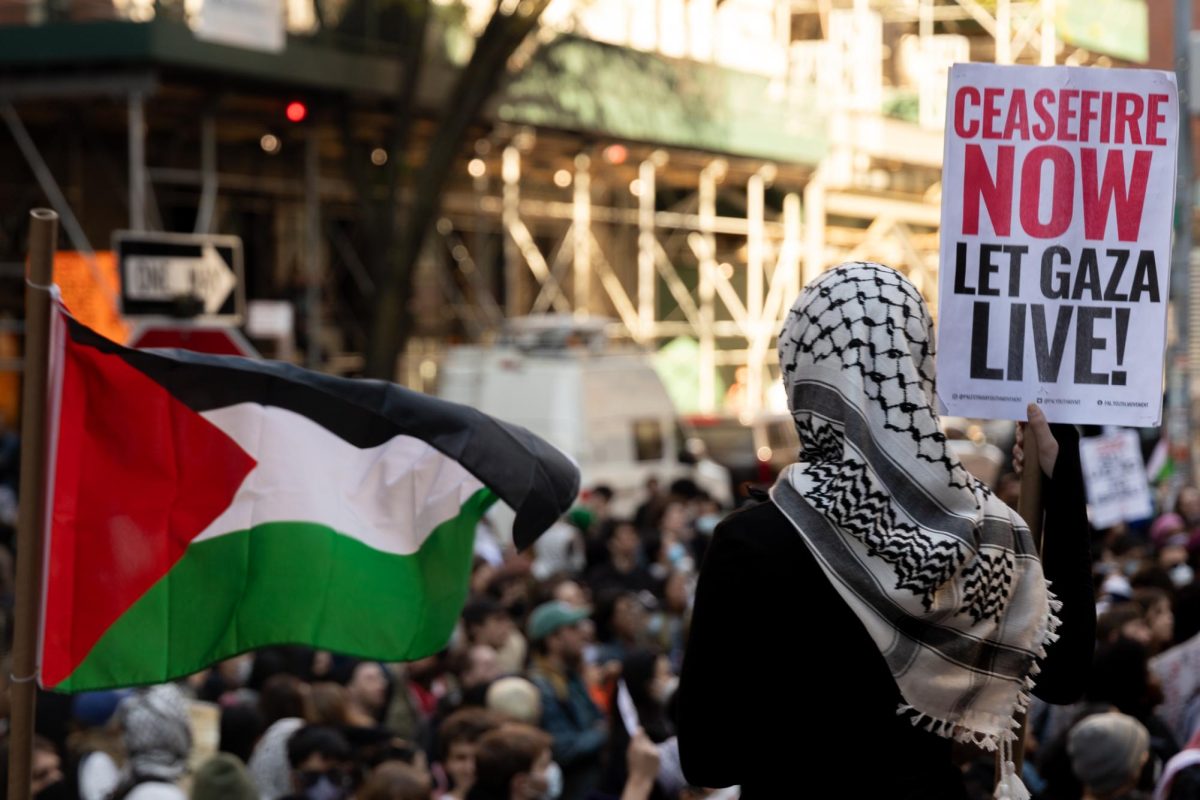























































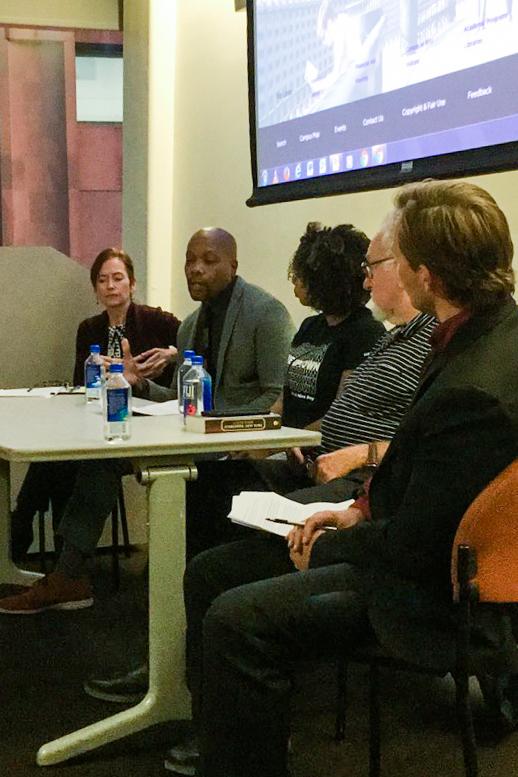

Maggie Clarke • Oct 24, 2017 at 1:27 pm
Interesting article. One additional important facet to this puzzle is the effect of large-scale up zoning proposals with many out of scale MIH buildings that have been proposed for many neighborhoods under the current mayor and willing council members. Inwood is such a case in point where the Dominican population is large and yet the council member has decided to support the proposal to bring in dozens of large MIH , mostly luxury, buildings that would result in displacement of many of the Dominican residents and businesses that make Inwood their home. It is important for this information linking MIH, upzoning, and gentrification with displacement to be explained to all the council members and I hope your project can address this important need. Surely the Dominican council member for Inwood would want to prevent large-scale displacement of Dominicans from his neighborhood. Yes? But no.